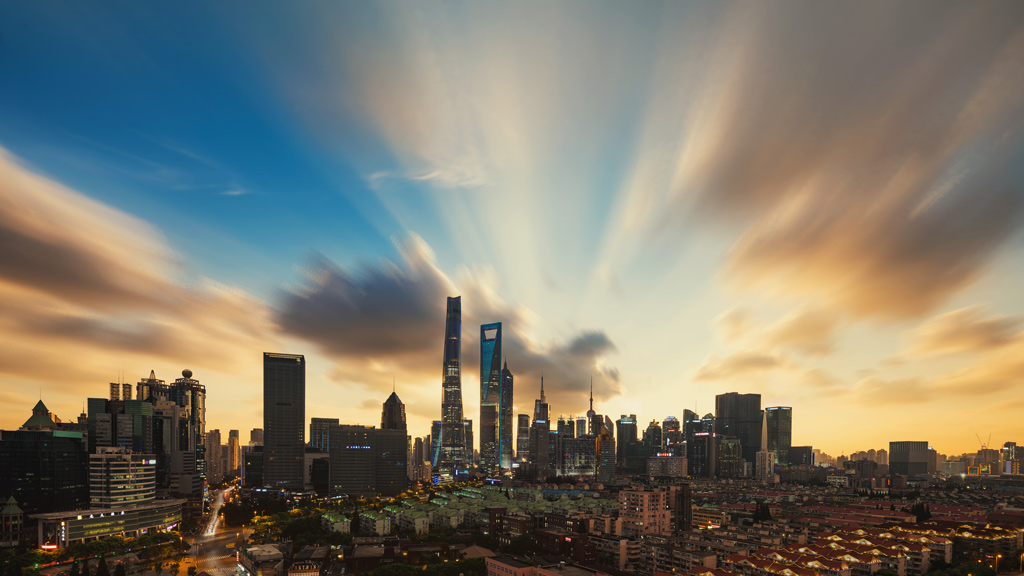Aiming for New Heights of User Experience With China’s Tall Buildings
July 20, 2020 | By Peter Weingarten
Editor’s Note: This post is part of our ongoing exploration of how design is responding to the COVID-19 pandemic.
China has the world’s largest share of tall buildings and mega-cities, and that is largely due to a massive population shift toward urban centers. More than one billion people are expected to move to cities in the next few decades. In China, two-thirds of the population already lives in cities.
To plan for this influx of people, it’s imperative that we think innovatively about how to create urban habitats that can amplify local culture and improve human connection. It’s not enough to only manage for high density populations. And at the moment, the current playbook for development in China has worn thin with repetition, lack of originality, and missed opportunities to amplify local culture that create human-centric connections in vital ways.
An earlier post of mine — A Case for Imperfect Cities: Greater Impact with Purposeful Chaos — was a plea for more people-centric urban development at a massive scale. It was also a call for the adoption of a set of new first principles to create great urban experiences, to connect people in order that they may do great things, and to enrich people’s lives in all respects. As China continues to grow and many more people continue to move to cities, there must be a greater focus on the human experience of working, living, and playing in the urban environment.
In a good sign of positive change to come, China recently announced reforms to how its cities and buildings may be designed in the future. These include a limit to tall building heights, measures to promote original and thoughtful architectural design, and greater quality control at the city level with the appointment of Chief Architects.
Further detail of these initiatives have not been released by the National Development and Reform Commission, but we should applaud the commission for recognizing the need for more contextually sensitive, more original, and more thoughtful buildings.
The challenges of tall buildingsSuper-tall (above 300 meters) and mega-tall (above 600 meter) buildings have long stood as beacons of achievement for their communities and for building science. Each successive effort brings innovations and strategies for high density life, and architects and designers build upon those strategies for subsequent projects. There are several examples of these soaring towers that have shown how to maximize a footprint, incorporate leading sustainable design strategies, and generally explore the true nature of vertical cities. The Shanghai Tower is a case in point.
And yet, for all the advances we’ve made in tall building design, there are still areas for improvement.
Most importantly, we should look harder at whether tall buildings are appropriate. The infrastructure to support such massive buildings can result in inefficiencies and a reduction of usable areas. In addition, very tall buildings are almost always massive research and development undertakings full of risk and with very few precedents. Avoidance of risk can be a strong influence and can incentivise stakeholders to simply copy successful tall buildings, regardless of whether they fit the site, context, purpose, or need.
In the end, whether to build a new tall building or not is a judgement call on the part of the project stakeholders and the community as to the appropriateness of the situation for the development of such ambitious projects versus the reward they may bring in the long term.
Shaping the future of cities for human connectionThankfully there is attention and dialogue around the important issue of what our future cities will become. We must be cognizant of the forces of change that will impact how we design and plan for connectivity between people. The focus over the past several years has been on resource scarcity, aging societies, climate change, and the fourth industrial revolution. Now we have the impact of COVID-19 and the ongoing risk of global pandemics.
In this new reality, we need to stay true to that human connection is at the heart of good design. We still need spaces that can bring people together, and that means spaces that are created with care, intention, and awareness.
Governments legislate to solve problems, but they cannot legislate for the intangibles of creativity, curiosity, and the unexpected. The need for reactionary measures to curtail building heights and to promote original design solutions in the present may very well be prudent, but let us also give encouragement to the boundless opportunity that comes from setting our sights high.
To design a human-centric experience requires a human process complete with interactions, conflict, debate, and failings. It is messy and, at times, a journey full of human emotion. But only a journey towards new heights of user experience with the guardrails of purpose and professional skill will yield innovative solutions for liveable, sustainable, density. It will involve little failures and dead ends, but those will reveal better outcomes. If done well, the path to the creation of great cities and buildings that push boundaries (height or otherwise) need not only be through prescriptive regulations or limits.
We shall be paying attention to the dialogue around the future of cities that China promotes as much as the prescriptive measures that it may impose in the near term. For it will surely be a balanced, people-centric, and aspirational approach that will allow us to do great things.
For media inquiries, email .

